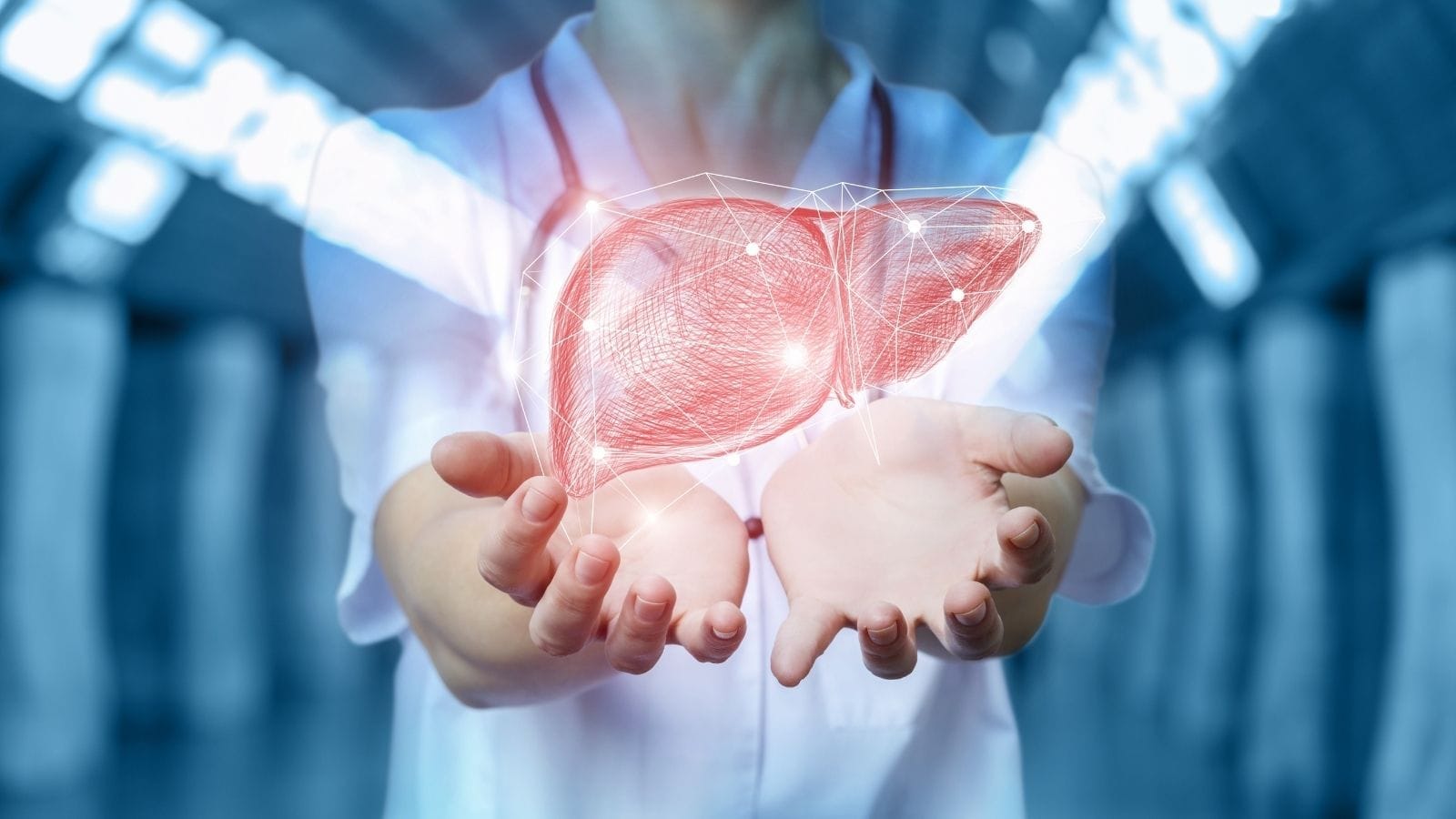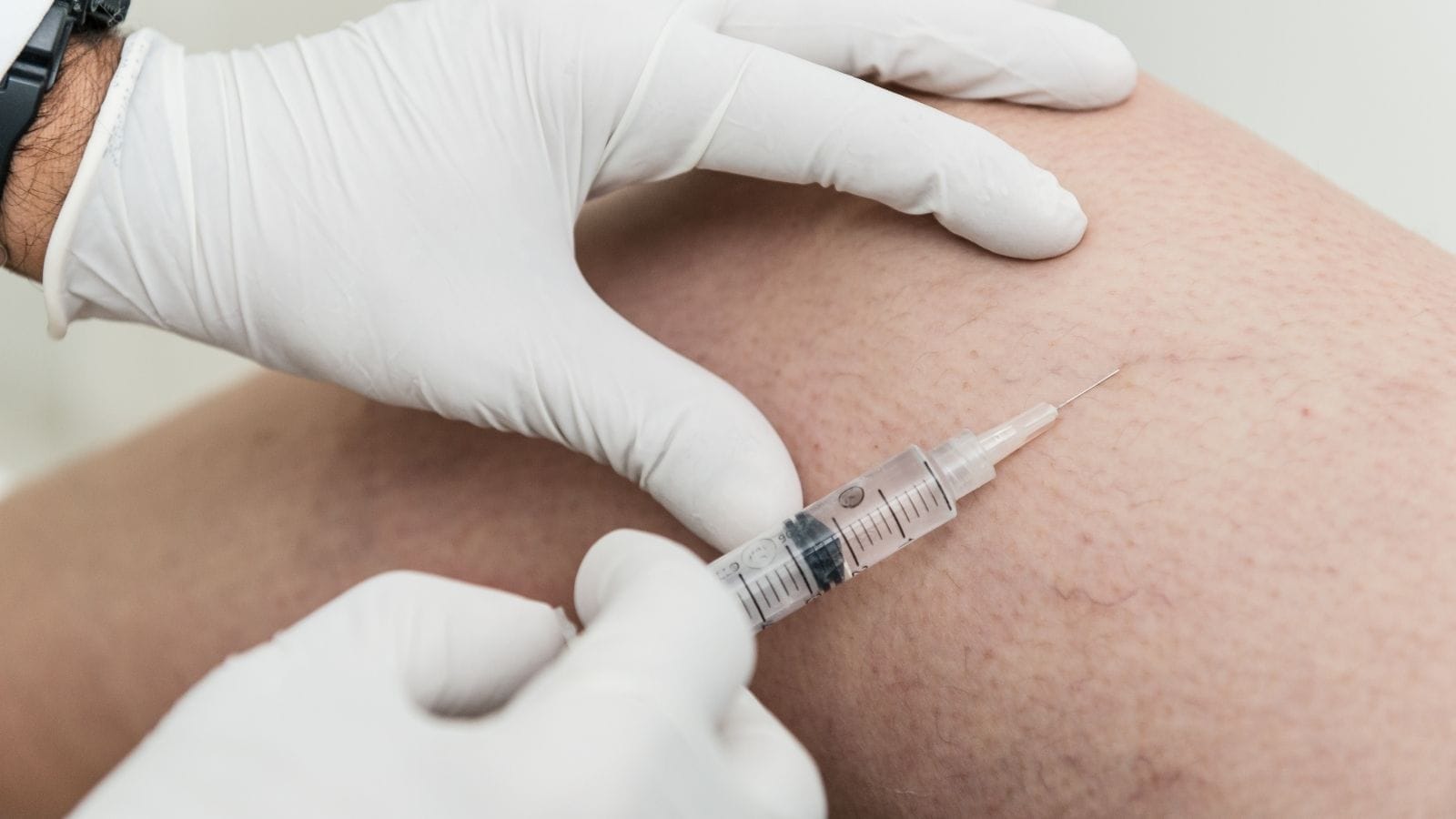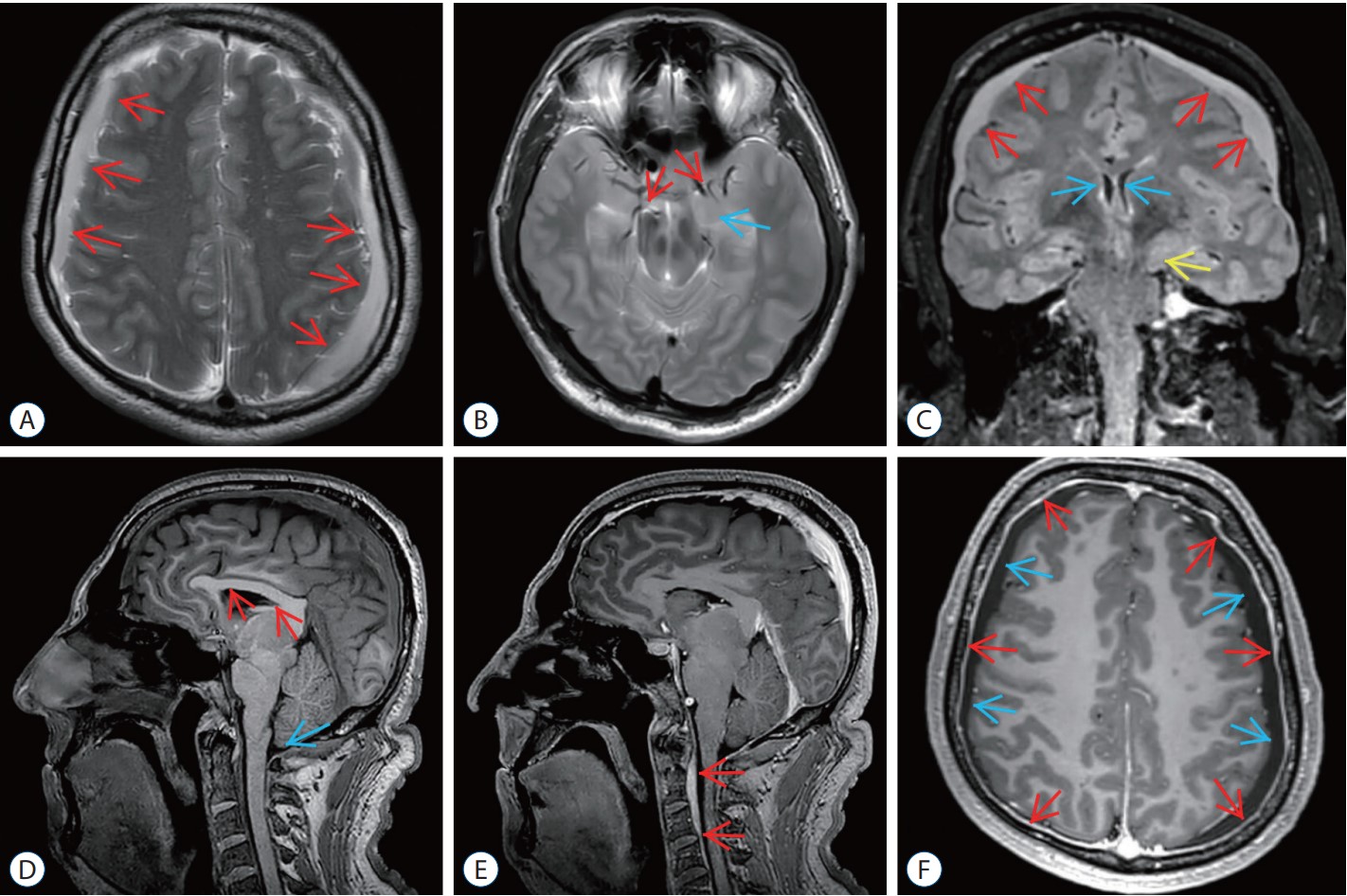Non-surgical prostate reduction is possible through minimally invasive interventional radiology techniques. Prostate artery embolization is the most common method, providing relief from benign prostatic hyperplasia (BPH) symptoms without open surgery.
Prostate artery embolization works by blocking blood flow to the enlarged prostate tissue. Over time, the gland shrinks, urinary symptoms improve, and patients regain normal bladder function without significant complications or hospitalization.
Compared to traditional surgery such as TURP, non-surgical methods offer reduced risks, no general anesthesia, and quicker recovery. Patients usually return to daily activities within days, making embolization a safe and effective alternative.
Long-term results of non-surgical prostate reduction show sustained improvement in urinary flow and quality of life. It is especially beneficial for patients with high surgical risks or those seeking less invasive treatment options.
Is It Very Important to Shrink the Prostate?
After prostate embolization, a reduction in gland size is expected, but the main goal is to reduce difficulty in urination. If symptoms have improved, the actual amount of prostate shrinkage does not matter, even if it is minimal.
What Is Non-Surgical Prostate Reduction and How Does It Work?
Prostate artery embolization (PAE) is an effective method in the management of benign prostatic enlargement. As a minimally invasive procedure, it offers an alternative to major surgery. Micro-particles are injected into the arteries supplying the prostate. These particles block blood flow, causing the prostate tissue to shrink. This process results in significant relief of lower urinary tract symptoms.
- Pre-procedural Imaging: Cone beam CT and digital subtraction angiography are used to map the arteries supplying the prostate.
- Catheterization: A catheter is inserted through the femoral artery and guided to the prostate arteries. Advanced imaging techniques ensure accurate placement.
- Embolization: Embolic agents are delivered to targeted areas via the catheter, resulting in tissue shrinkage.
- Post-procedure Care: Patients are monitored for potential complications.
This method accelerates recovery and reduces hospital stay. It also has less negative impact on sexual function, which is a significant advantage for sexually active men. Its long-term efficacy and safety are supported by studies.
Are There Any Risks or Side Effects Associated with Non-Surgical Prostate Reduction?
Prostate artery embolization is considered a minimally invasive treatment. While generally safe, there are some risks and side effects. After the procedure, patients may experience various symptoms.
- PAE Post-Procedure Syndrome: A small percentage of patients experience symptoms such as nausea, vomiting, and fever. Pelvic pain and frequent urination may also occur. These symptoms are generally mild and resolve within a few days or weeks.
- Hematuria and Hematospermia: Blood in urine and semen may be observed. These rare side effects are mostly temporary.
- Pelvic Pain: Mild to moderate pelvic pain may occur during and after the procedure, usually subsiding in a few days.
- Dysuria: Painful urination usually resolves quickly.
- Less common but important risks also exist.
- Infection: There is a risk of infection in the prostate or urinary tract, usually treated with antibiotics.
- Bladder Spasms: This may cause frequent urination in some patients.
- Radiation Exposure: The amount of radiation exposure during the procedure is very low.
- Non-Target Embolization: Rarely, embolic materials may reach unintended areas.
- Technical Challenges: Complex vascular anatomy can increase the procedure time and radiation dose.
Who Are the Ideal Candidates for Non-Surgical Prostate Reduction?
Ideal candidates for prostate artery embolization meet specific criteria. First, patients should not have achieved sufficient relief with medical therapy. This includes alpha-blockers and 5-alpha-reductase inhibitors, and there should be no significant improvement with these medications. Patients should also have pronounced lower urinary tract symptoms negatively affecting their quality of life.
Failure of Medical Therapy: Patients must have tried and failed appropriate medical therapy.
Symptomatic BPH:
- Frequent urination,
- Urgency,
- Nocturia,
- Weak urinary stream.
Patients with high International Prostate Symptom Scores are better candidates for this treatment. Prostate size is also important; those with a volume over 60-80 mL can especially benefit from PAE. Patients at high risk for surgery due to comorbidities or with contraindications to anesthesia are also included in this group.
- Prostate Size: Patients with a volume over 60-80 mL.
- Surgical Contraindications: Patients with significant health risks.
For those wishing to preserve sexual function, PAE offers an alternative with less risk compared to surgical methods. It is also suitable for patients experiencing recurrent urinary retention and seeking alternatives to catheterization or surgery. Patients preferring minimally invasive procedures may choose PAE for faster recovery and less postoperative discomfort.
- Desire to Preserve Sexual Function: Patients concerned about the possible sexual side effects of surgery.
- Recurrent Urinary Retention: Patients seeking alternatives to surgery or catheterization.
- Preference for Minimally Invasive Procedures: Those wanting a faster recovery period.
What Is the Recovery Process After Non-Surgical Prostate Reduction?
The recovery process after prostate artery embolization (PAE) allows patients to return to daily life quickly. The recovery period is generally characterized by mild and manageable symptoms. Most patients can go home on the same day as the procedure. Rest is important in the first few days as the body adapts to the intervention.
- Symptoms that may be experienced in the first few days include mild pelvic cramps, fatigue, and low-grade fever.
- Some patients may feel mild pain, which is usually easily controlled with over-the-counter painkillers.
Temporary urinary changes may occur:
- Frequent urination
- Urgency during urination
- Discomfort while urinating
- These symptoms typically resolve within a week.
Patients usually return to work and social activities within a few days. Return to normal activities is rapid and uncomplicated. Follow-up visits are essential to evaluate the recovery process and prevent possible complications. These are usually scheduled within the first month after the procedure.
Gradual reduction in prostate size is observed after the procedure. This reduction continues over weeks and months, resulting in marked improvement in symptoms. Most patients report improvements in urinary flow and frequency within the first three months. These improvements may persist for up to two years after the procedure. Especially, the PAE procedure carries minimal risk to sexual function, and in some cases, improvement in sexual function has been observed.
How Does Non-Surgical Prostate Reduction Affect Long-Term Prostate Health?
Prostate artery embolization (PAE) provides long-term positive outcomes in the treatment of benign prostatic hyperplasia (BPH). This method reduces prostate volume, contributing to symptom relief. A lower prostate volume increases urinary flow and improves quality of life. After the procedure, patients generally experience significant relief in urination.
Long-Term Benefits:
- Permanent reduction in prostate size
- Ongoing improvement in urinary tract symptoms
- Improvement in quality of life
PAE minimizes the risk of serious complications. Its impact on sexual function is less than that of other surgical methods, which is an important factor in treatment preference. However, a small proportion of patients may require repeat procedures. Although repeat surgery rates are higher with PAE compared to other methods, this is balanced by the continuous relief of symptoms in most patients.
Potential Risks:
- Need for repeat surgery
- Short-term complications
- Manageable side effects

Girişimsel Radyoloji ve Nöroradyoloji Uzmanı Prof. Dr. Özgür Kılıçkesmez, 1997 yılında Cerrahpaşa Tıp Fakültesi’nden mezun oldu. Uzmanlık eğitimini İstanbul Eğitim ve Araştırma Hastanesi’nde tamamladı. Londra’da girişimsel radyoloji ve onkoloji alanında eğitim aldı. İstanbul Çam ve Sakura Şehir Hastanesi’nde girişimsel radyoloji bölümünü kurdu ve 2020 yılında profesör oldu. Çok sayıda uluslararası ödül ve sertifikaya sahip olan Kılıçkesmez’in 150’den fazla bilimsel yayını bulunmakta ve 1500’den fazla atıf almıştır. Halen Medicana Ataköy Hastanesi’nde görev yapmaktadır.









Vaka Örnekleri